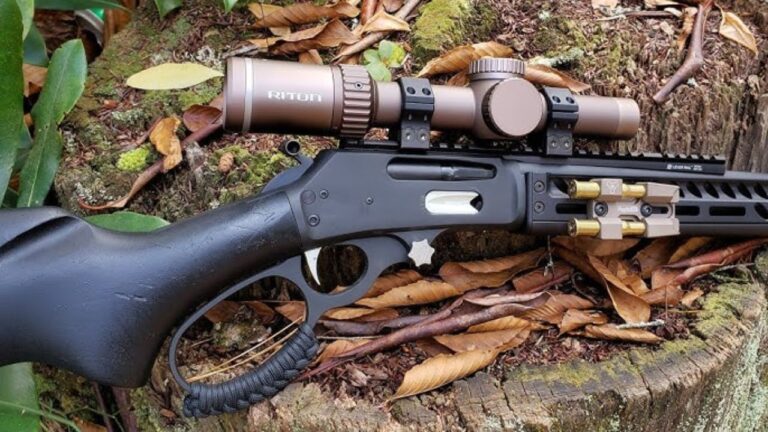Every shooter’s been there—you read the box, you hear the hype, and you expect a load that’s going to transform your rifle or shotgun overnight. Then you hit the range, and reality sets in. Some loads look great on paper, marketed with phrases like “match-grade accuracy” or “maximum expansion,” but when you actually shoot them, the groups open up or the recoil kicks harder than promised. A good load should perform across rifles, conditions, and distances—not just under perfect lab tests. These are the ones that sound impressive in catalogs but leave you shaking your head once you start burning powder.
Hornady Superformance
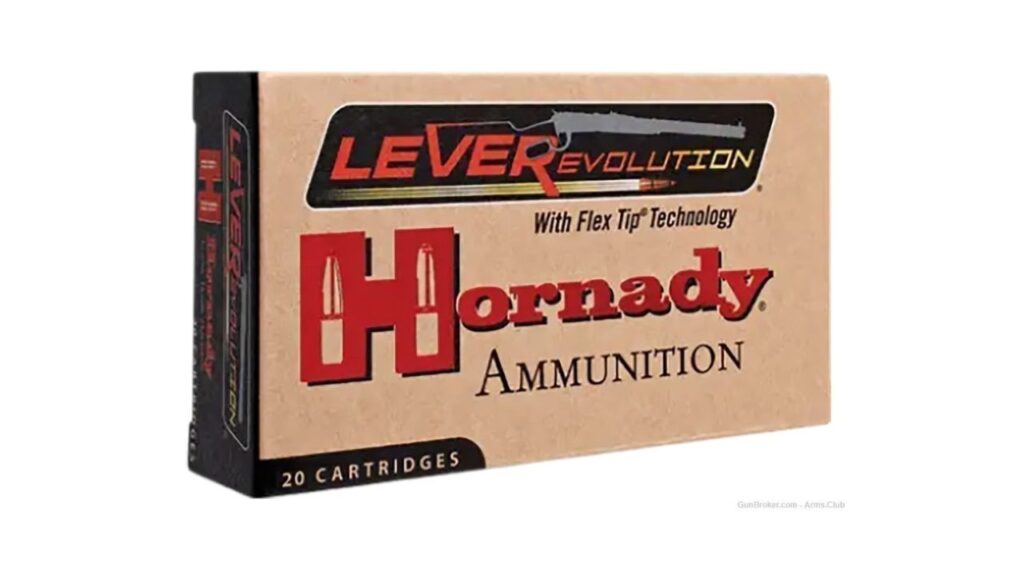
Hornady’s Superformance line promises higher velocity without higher pressure, but it’s notorious for inconsistency. Depending on your rifle’s chamber and barrel length, you might see erratic groups or pressure signs. The powder burn rate is finicky, and while some guns love it, others hate it outright.
At the range, you’ll notice velocity swings that can stretch vertical stringing on targets. The idea sounds great—faster, flatter, and cleaner—but the results don’t always match the marketing. For precision shooters, it’s frustrating. It’s more of a gamble than a guarantee, especially in lightweight barrels that heat up fast.
Winchester Deer Season XP
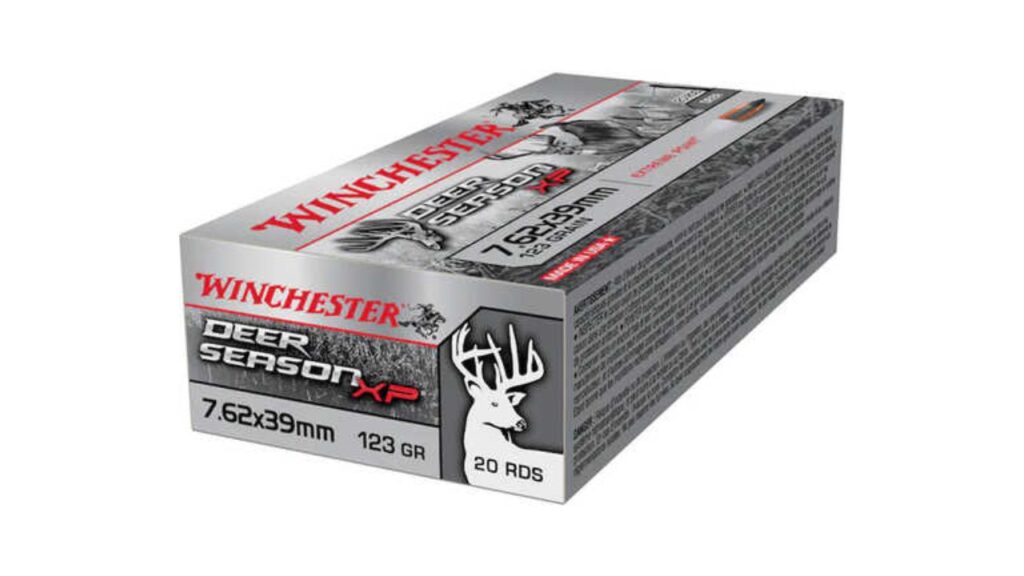
Deer Season XP markets itself as the perfect hunting round—massive polymer tip, sleek design, and devastating expansion. In truth, it can be overhyped for accuracy and terminal consistency. Many rifles shoot it “okay,” but few deliver the cloverleaf groups promised in ads.
On deer-sized game, the bullet sometimes fragments too quickly, especially at higher velocities. That leads to shallow wound channels and poor blood trails. It’ll drop a whitetail cleanly with good shot placement, but it’s not the magic pill many believe. For hunters who expect precision and controlled expansion, it often underdelivers.
Federal Fusion
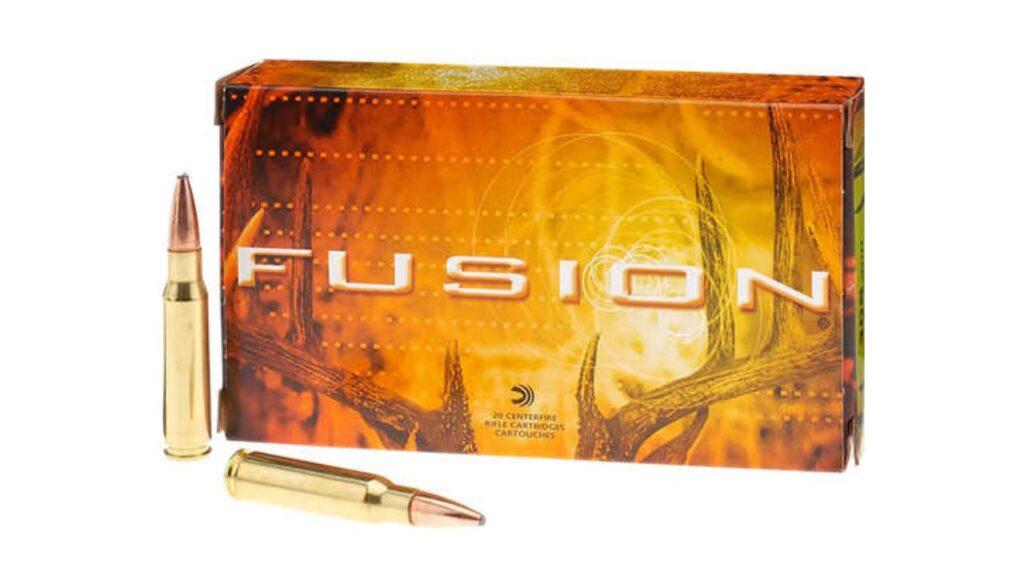
Federal Fusion’s bonded bullet sounds like a premium performer, and it can be—for short to mid-range shots. But stretch the distance, and you’ll start to see erratic groups. The bonded core design helps retain weight, but the bullet shape and consistency can vary from lot to lot.
In some rifles, Fusion groups nearly as well as premium loads. In others, it opens up to two or three inches at 100 yards. It’s reliable in concept but rarely consistent in performance. Many hunters love it for woods hunting but quickly move on when they start pushing beyond 200 yards.
Remington Core-Lokt Tipped
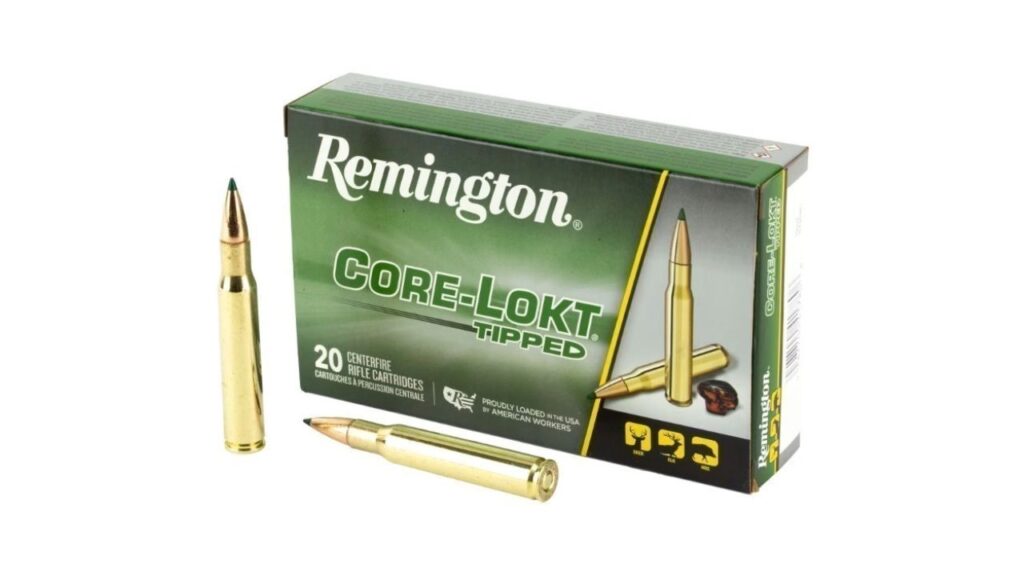
Remington updated their classic Core-Lokt with a polymer tip, promising better ballistic performance. While it looks great on the shelf, the tipped version doesn’t always shoot as tight as the original. Some rifles show noticeable vertical spread, and velocity consistency isn’t stellar.
The expansion can be aggressive, sometimes too much for close-range shots on medium game. The bullet’s heritage is solid, but the “modernized” version feels more like marketing than measurable improvement. Many hunters end up going back to the old green box loads that have worked for decades.
Hornady American Whitetail
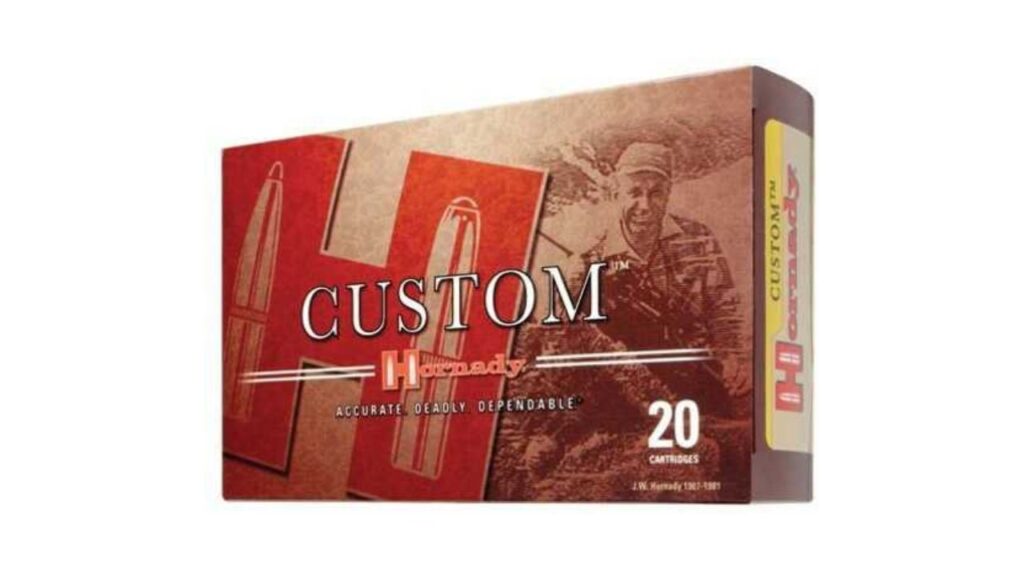
Hornady’s American Whitetail line has one of the best names in the ammo aisle, but its field performance is hit-or-miss. It uses InterLock bullets, which are dependable, but the load itself often produces average accuracy. Grouping over 1.5 to 2 inches at 100 yards is common, even from quality rifles.
It’s affordable and functional, but not magical. Some shooters find it fouls barrels faster than similar loads, likely due to powder residue. It kills deer fine, but if you’re expecting match-grade precision from an economy round, you’ll be disappointed. It sounds great—“Made for American hunters”—but it shoots like budget ammo.
Winchester Power Max Bonded
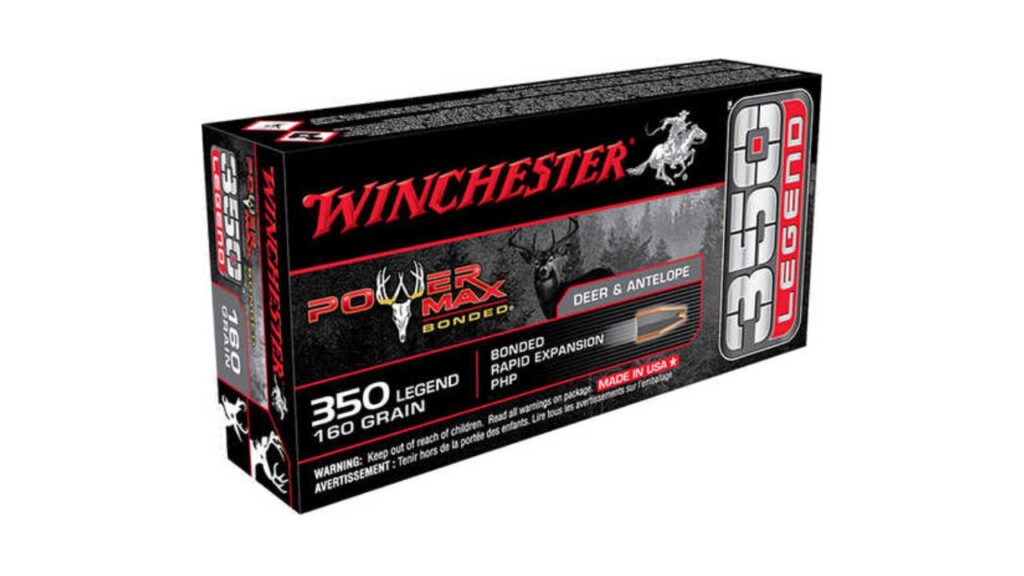
The Power Max Bonded round promises deep penetration with controlled expansion, but it’s one of those loads that rarely delivers both. Accuracy tends to be average at best, with most rifles printing loose groups. In the field, expansion can vary depending on impact velocity.
Some hunters report clean kills; others get pass-throughs with minimal tissue disruption. The concept makes sense—a bonded bullet for durability—but inconsistent construction hurts its reputation. It’s reliable enough for close-range work but not the high-performance round Winchester markets it as.
Nosler Ballistic Tip
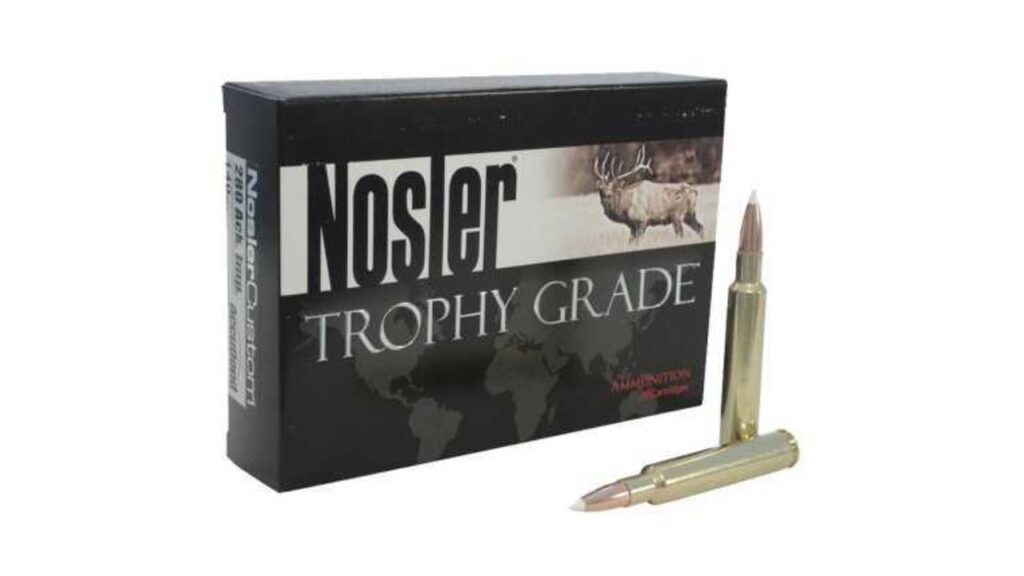
Nosler Ballistic Tips built their reputation on speed and expansion, but they’re not as forgiving as they sound. At high velocities, especially in magnums, they tend to fragment too early. That leads to messy surface wounds and poor penetration on bigger animals.
On paper, they look sleek and deadly. On impact, they sometimes act more like varmint bullets than big-game projectiles. For precise, lighter calibers, they perform well, but push them too fast or too close, and you’ll see why some hunters switch to AccuBonds instead.
Federal Power-Shok
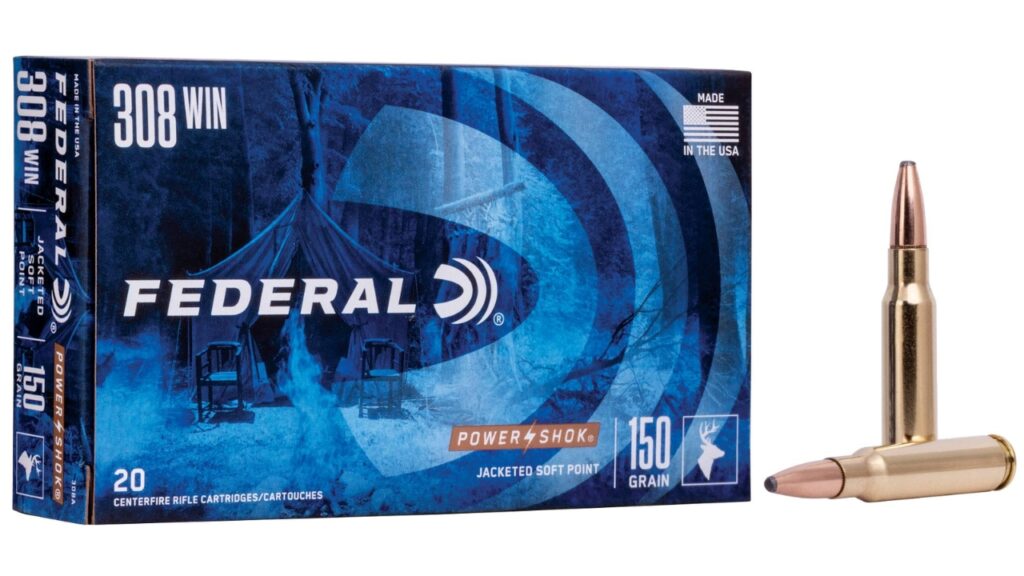
Federal’s Power-Shok line has been around forever, and it sells because it’s affordable. But it’s also one of those rounds that sounds better than it shoots. The bullet design hasn’t changed much in decades, and while it gets the job done, accuracy and consistency lag behind modern options.
It can group fine in some rifles, but you’ll often see 2-3 inch spreads at 100 yards and occasional fliers. Terminally, it performs best at modest velocities. Push it faster, and jacket-core separation becomes an issue. It’s dependable enough for short-range work, but the hype doesn’t match the paper targets.
Winchester Silvertip
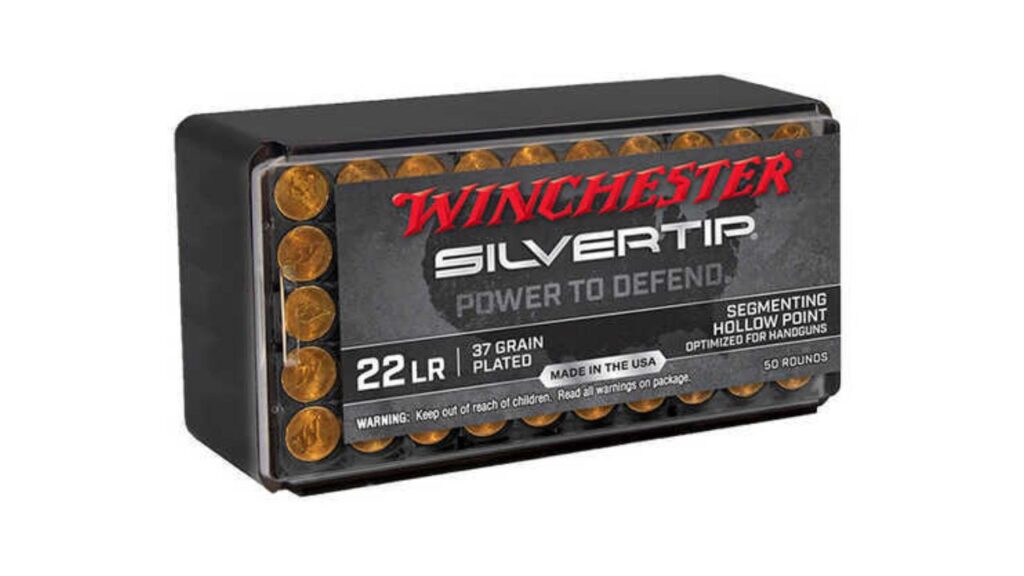
The Winchester Silvertip name carries nostalgia, but the performance no longer keeps up with modern bullet designs. The aluminum tip tends to deform on impact, and penetration suffers at close range. Accuracy is also inconsistent across different rifles.
It looks sharp in the box, but the old-school design struggles against bonded and polymer-tipped competitors. Hunters who grew up trusting Silvertips often find newer loads group tighter and perform more predictably. It’s a classic name, but it’s time has largely passed.
Hornady Custom Lite
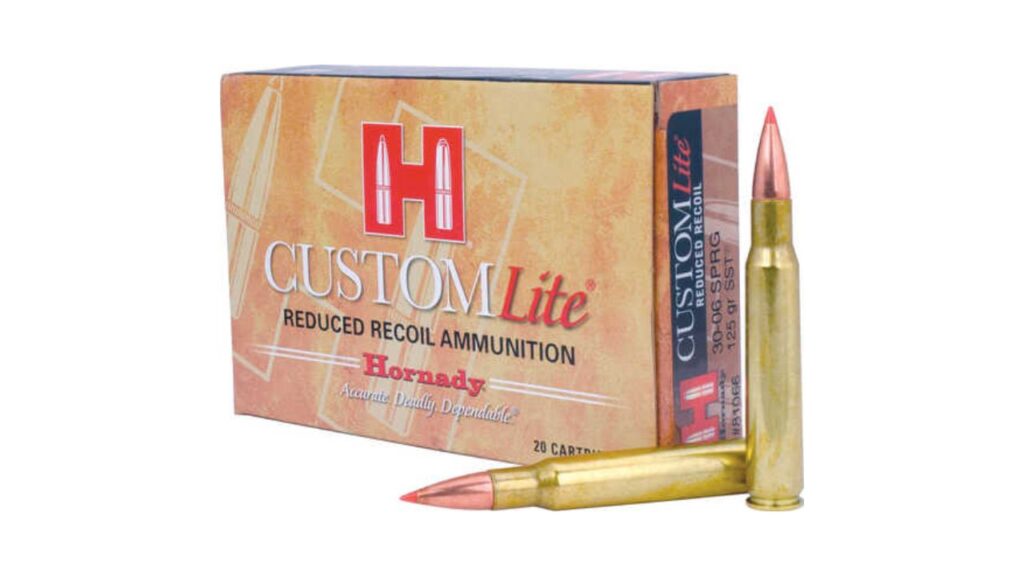
Hornady’s Custom Lite rounds are designed for reduced recoil, but the tradeoff is ballistic performance. The lighter loads often fail to stabilize in longer barrels, leading to poor groups. Velocity drops faster than expected, and energy at distance can be disappointing.
For youth or recoil-sensitive shooters, they serve a purpose. But for hunters expecting typical Hornady accuracy or performance, the “Lite” label shows itself in the results. The reduced charge and slower speeds make this round sound great for comfort, but it’s not a precision performer.
Remington Premier AccuTip
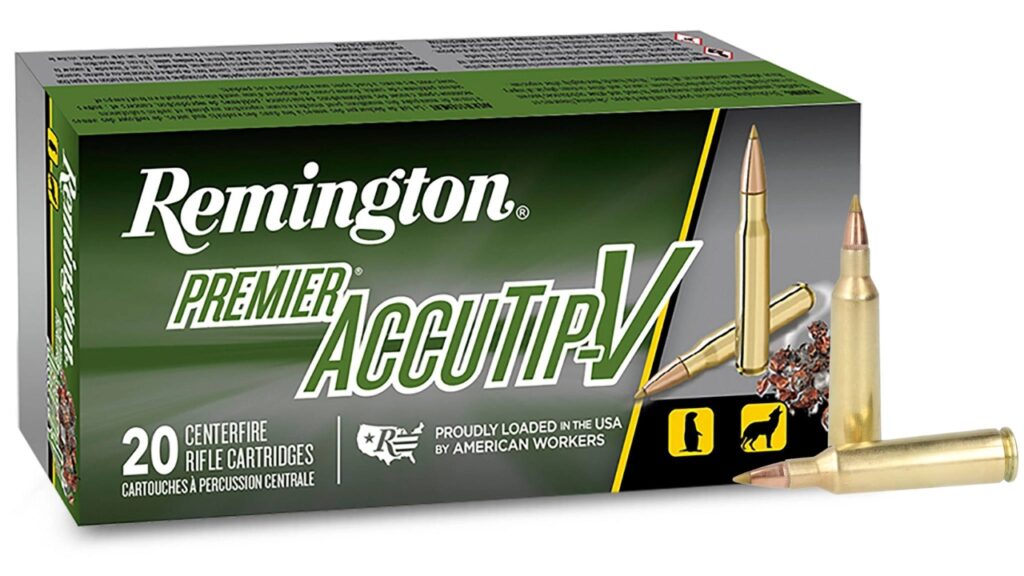
The Remington Premier AccuTip gets marketed as a long-range hunting load with exceptional accuracy, but it doesn’t live up to that in most rifles. The bullet’s design mirrors the Nosler Ballistic Tip, which means similar fragmentation issues at close range.
While it can shoot decently, the variation between rifles is significant. Some print tight groups; others won’t keep three rounds within two inches. For the price, most hunters expect better consistency. It’s not a bad load, but it’s one that overpromises and underdelivers—a common story in the hunting ammo aisle.
*This article was developed with AI-powered tools and has been carefully reviewed by our editors.




